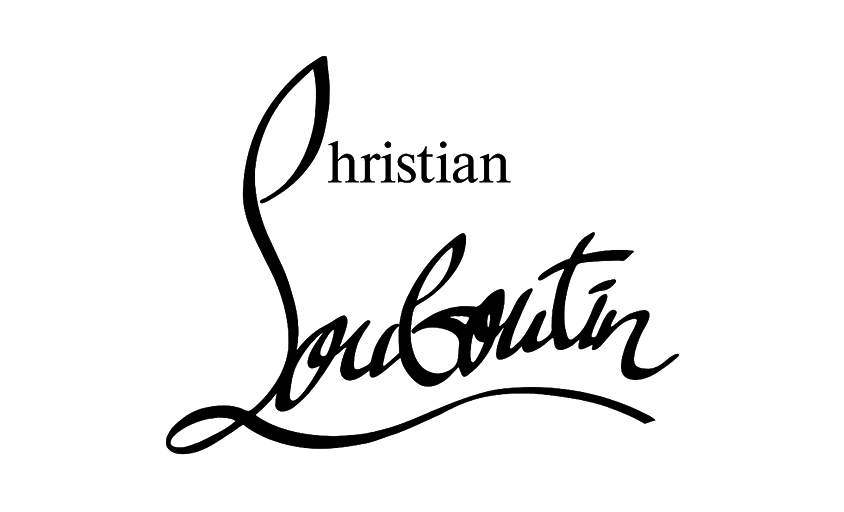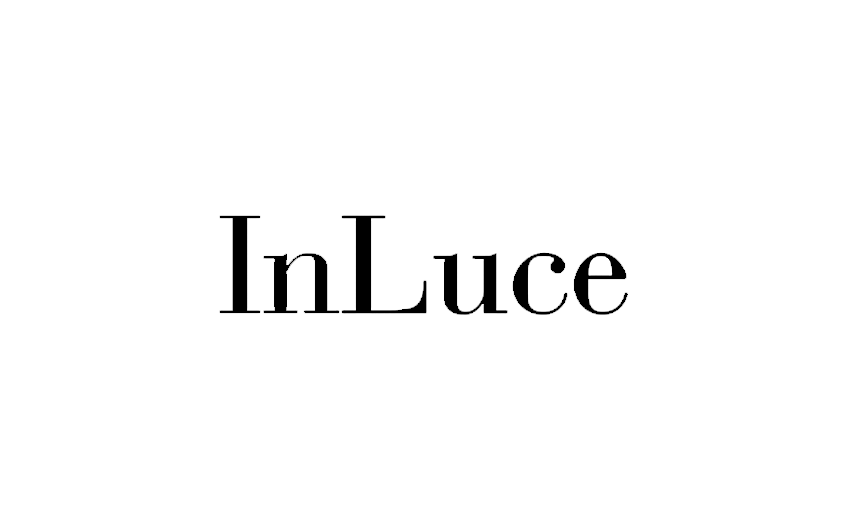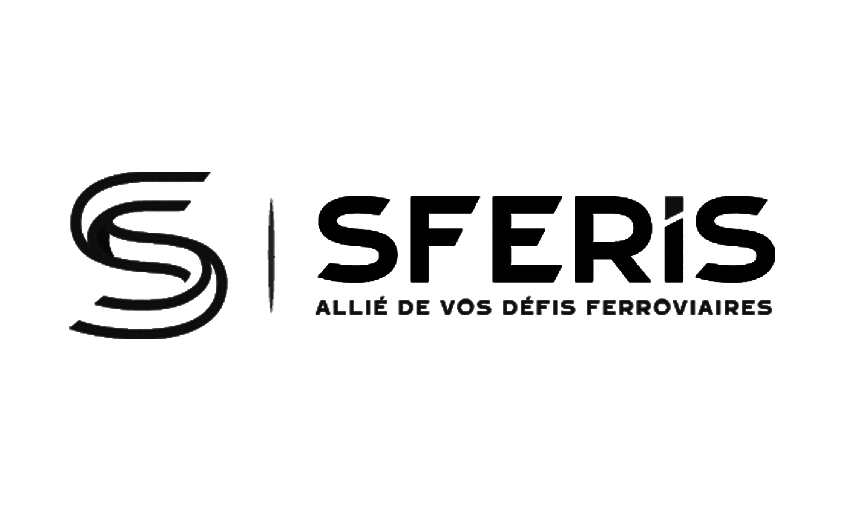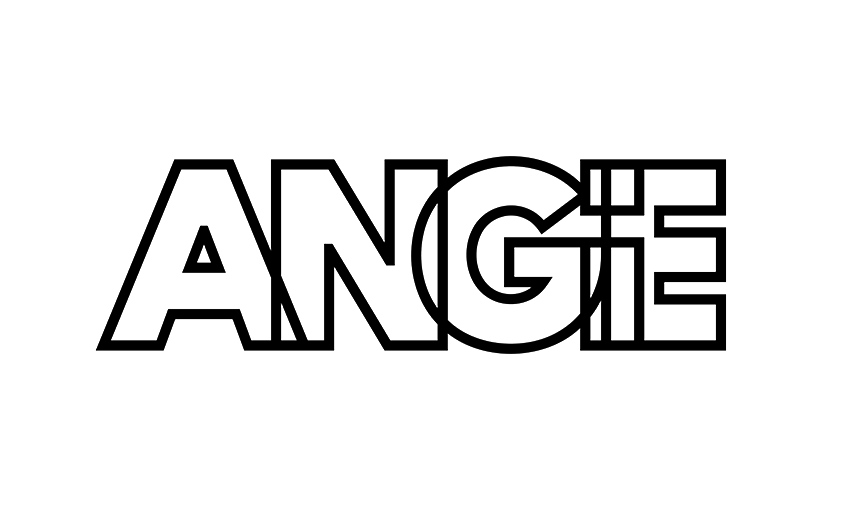What is photography?
In this article :
Photography is everywhere: on walls, in our phones, at the heart of our memories, on the websites we visit, the posters we pass by, the pages we scroll through. We look at it without always seeing it. It accompanies our lives, tells our stories, enhances them, documents them. But behind the obviousness of its omnipresence lies a broader question: what is photography? Is it an art or a technique? A tool for communication or an act of creation? A mirror of reality, or its staging? A still image or a trace in motion?
To answer these questions, we must trace its origins, explore its uses, its evolution, its impact. We must also, perhaps, learn to look in a different way.
1. An invention that changed the way we see
Photography was officially born in 1839 when Louis Daguerre presented his daguerreotype to the world. A process capable of fixing an image onto a silver plate. A revolution. For the first time, we no longer draw the world: we capture it.
But the first attempts date back even further. As early as the 1820s, Nicéphore Niépce took the first known photograph: a view from his window after eight hours of exposure. It’s blurry, grainy, but it’s an image, a real one. A moment taken from reality.
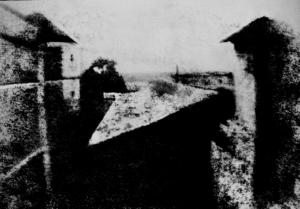
In its early days, photography was seen as a technical curiosity, neither truly science nor truly art. Painters viewed it with suspicion. Journalists saw it as an opportunity. Scientists saw it as a measuring tool. People began photographing the stars, monuments, and faces.
Gradually, the perspective shifted. Because photography allows us to keep a record, to faithfully reproduce, to see what the eye cannot capture alone. It transforms our relationship with time, with images, and with memory.
2. An Image with a Thousand Uses
There is not just one photograph, but a constellation of practices, functions, and perspectives. Photography is a multifaceted language that changes tone depending on intent, context, and subject.
- Documentary: In photojournalism, the image becomes a witness. It freezes a raw reality: social injustice, a war scene. In sports, for example, it captures effort, a fall, or victory.
- Advertising: Here, the photo tells a story. Every detail is controlled to seduce: a soft shadow on a pair of glasses, artificial mist for a perfume, a precise staging for a luxury car.
- Artistic: Artistic photography does not explain anything but suggests. It evokes emotions, concepts, intimate visions. Sometimes poetic, sometimes brutal, it expresses itself without seeking approval.
- Intimate: Family albums, childhood memories, photos of birth or mourning: these images speak to the heart. They do not need to be perfect to be precious.
- Scientific: For analysis or research, photography becomes a tool for precision. Microscopy, astrophotography, medical documentation… it explores what the eye cannot capture alone.
- Professional: Corporate, gastronomy, product, architecture, publishing… In all these sectors, photography structures communication, supports sales, and highlights expertise. Being a photographer has become a fully-fledged profession today. To showcase their work and convince clients, the photographer carefully builds their portfolio, which reflects their style and expertise.
- Activist or Social: Some images denounce, expose, and question the political. These are photographs of struggle, archives, combat, sometimes taken in urgency, sometimes meticulously constructed.
- Experimental: Outside the frame, outside the rules. Overlays, blurs, intentional alterations: here, the image becomes a playground, a malleable material, an object to deconstruct.
Every photograph carries an intention. And while practice has become democratized with smartphones and social media, its value has not diminished. Quite the opposite: in a world saturated with visuals, an image that touches, intrigues, or remains, becomes even more precious.
3.Between Technique and Sensitivity
Pressing the shutter button is simple, but taking a photograph that touches, conveys something, and lingers… that’s another story. Photography is a delicate balance between technical mastery and personal perspective. One must know how to manage exposure, light, depth of field, and focus. Understanding one’s equipment, anticipating the effects of an angle or a lens.
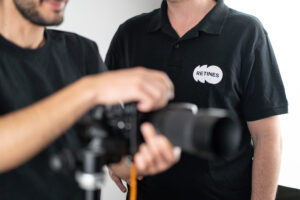
But this technique, as essential as it is, doesn’t do it all.
What matters is the point of view. Why this subject? Why this moment? Why this light?
What we choose to show or to leave out builds the meaning. A good photographer is not just a technician. They are a silent storyteller, an interpreter of the world. And sometimes, technical imperfections can even enhance the emotion.
A blur, a backlight, a particular grain can become fully-fledged aesthetic choices. Because photography is also about feeling.
4.Photography in the Digital Age
Never has humanity produced as many images as it does today. Every day, billions of photos are taken, shared, and stored. Smartphones, social media, image banks, cloud storage… photography has become a daily, almost automatic action. We photograph our meals, our reflection, our journey, our loved ones, our projects.

Does this change the nature of photography? Not necessarily. But it redefines its value, its use, and its reception.
In the digital age, everything is instant, volatile, and editable. An image can be modified in a few clicks, shared in seconds, and forgotten in hours. It sometimes becomes content rather than art, a medium rather than a trace. Yet, some photographers are using these tools to reinvent their practice:
- Collages
- Conceptual series on Instagram
- Immersive exhibitions
- Hybridization with video, sound, 3D…
Digital is not a threat to photography, but a possible extension. The question is no longer “How do we take a photo?” but rather “Why do we take it?” and most importantly, “How do we ensure it truly exists in this flood of images?”
Above all, despite the dominance of digital, some much more traditional practices like photographic printing still hold an essential place. It offers a tangibility and permanence that digital images alone cannot guarantee. That’s why today, classical and digital photography work together in perfect harmony.
6.Photography as a Universal Language
One can read an image without speaking its language. A photo touches immediately, without translation, which is both its strength and its complexity. An image can be beautiful but empty. Disturbing but truthful. Poorly framed but striking. It can lie, just as it can tell the truth. It all depends on the context, the gaze, the intention.
Yet, photography remains one of the most universal languages ever invented. It allows communication without words, transmitting emotion from one corner of the world to another, uniting beyond cultural differences.
And for many, to photograph is also to exist in a different way. It’s about looking at the world with attention, with slowness. It’s about learning to compose, to wait, to be present. It’s a tool for creation, but also a tool for being present with oneself.
Conclusion
Photography has never been static. It is multiple, alive, contradictory. At once a trace of reality and a personal construction, it constantly oscillates between technique and poetry, information and emotion, banality and the sublime.
Whether art, proof, tool, or memory, it remains a deeply human gesture: the desire to see, show, and convey. A gesture both ancient and always new, constantly reinventing itself.
At Rétines, we explore these many dimensions every day. Whether it’s corporate photography, architectural images, portraits, or photojournalism, we approach each image as a fragment of a story, true to your goals, but also to your sensitivity.
Because a great photo doesn’t just show: it says something, and it says it well.
Jérémy Carlo is the editorial director at Rétines, where he ensures the consistency and clarity of all content produced by the studio.
Our Clients
Let’s discuss
What we do for you at Rétines
Meticulous work, an organised project and fast delivery. And to achieve this, we mobilise the right resources in our teams at the right time.
01
Pre-production
Artistic and technical direction tailored to the project.
Relevant recommendations on content, form and resources.
02
Photo Shooting
Photos taken by our experienced photographers.
Production that’s controlled, efficient and tailored to the needs of the project, with nothing superfluous.
03
Retouching
Technique
Photographs magnified by our retouching team.
Post-production to meet the commercial challenges of the brief.

